Tested: 2018 Gas Gas EX/XC300
Gas Gas isn’t a new player in the world of off-road motorcycles. Since the Spanish company’s inception into the market in 1985, they have been making quality trials and enduro models. You might not have seen or ridden a Gasser in a while, but that’s all about to change because they have re-entered the market with some very impressive machines. For 2018, Gas Gas has stepped up their game, producing all-new enduro EC300s and cross-country XC300s.
And we were lucky enough to get the chance to test these new Gassers at the recent Australian media launch held in Broadford, Victoria.

Straight off the bat, let’s just say these new machines are leaps and bounds ahead of their predecessors in a number of areas. But this didn’t happen overnight. The changes you see on the 2018-model bikes are a result of the fact that Gas Gas was acquired by electric mobility vehicle company, Torrot Group, in 2016. With more financial clout behind them, Torrot has been able to drive Gas Gas’s re-entry into the enduro market, as well as bring a wealth of knowledge needed to make these new machines competitive against the other major manufacturers in the game.
But what are the bikes actually like to ride? Transmoto’s Jarrad Duffy recently came back from the Gasser launch, thoroughly impressed about how much fun it was to throw a leg over the enduro and cross-country 300cc two-strokes. Here’s his break down of the five most compelling reasons why you should consider having one of these red machines in your garage.
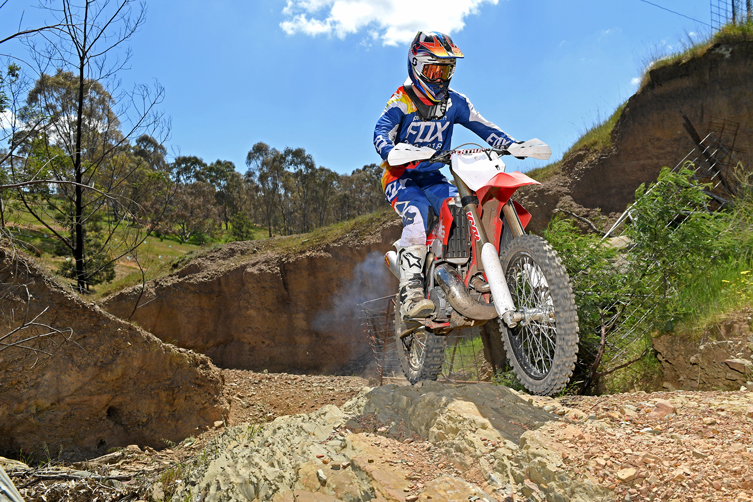
1. THE RIDE
Once I got use to the electric start button being on the left and the kill-switch on the right of the handlebars controls, I was impressed how quickly I felt at home on both bikes. After spending majority of the last 12 months riding European two-strokes, this machine had a character and feel I could relate to. And in all honesty, this came as a bit of a shock. I thought it was going to feel strange jumping on the Gasser, but boy was I wrong. It was slim between the knees, it was easy to move around under acceleration and braking, it turned on a dime in tight terrain (without being twitchy at high speeds), and had plenty of feel when you tipped it into a rut or berm.
Yes, it doesn’t have a counter-balancer that helps reduce vibration like some of the other bikes in the class, but that almost made it more fun to ride. Admittedly, that traditional two-stroke vibration might slightly increase rider fatigue over a long trailride or in a race situation, but for those riders who keep returning back to two-strokes because they love the pure excitement and thrill they give you, this bike delivers just exactly that. Bigtime!

2. THE COMPONENTRY
The bikes come fitted with Japanese Kayaba (KYB) suspension front and rear, paired with a European chassis and motor, which makes for the ideal combo, right? We think so. The 48mm AOS (air/oil separate system) fork and shock performed faultlessly through the tight singletrail and in the faster natural terrain motocross sections of the test loop. This bold choice of componentry by the Spaniards has paid off in my opinion, and with minimal fiddling around needed too.
With three clicks softer on the fork’s compression and one click of additional compression on the rear shock, it was predictable through choppy acceleration and braking bumps, but still had excellent bottoming resistance when you launched it off a ski jump or a sharp drop.
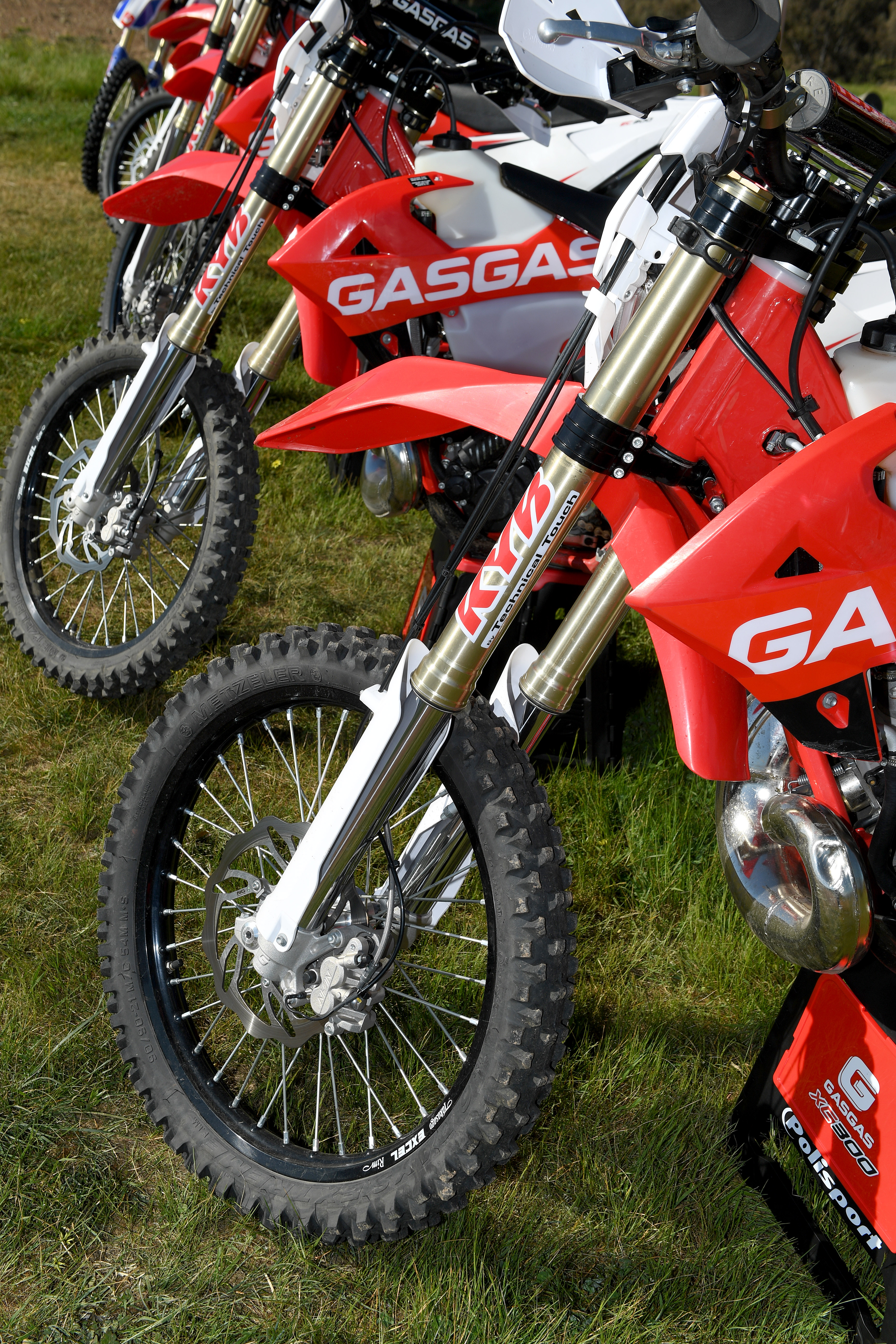
But these are not the only high quality components the new Gassers come equipped with. This year, both models are fitted with a FMF Powercore 2.1 silencer – giving the machines a ‘factory’ look, while still keeping the noise down. They come with Nissin NG wave discs and calipers that worked great, even in the skatey dusty conditions we were riding in. They even come with a Magura hydraulic clutch, black Excel rims, a lithium battery, a Pro-X competition conrod and, on the cross-country XC model, a FMF expansion chamber, to complete the package.
Sounds too good to be true, right? Well, kind of. Due to the new Euro 4 regulations being enforced on European manufacturers, the enduro model EX300 comes heaving restricted with a tiny carb, an expansion chamber with a catalytic converter, plus a bunch of other sensors installed to pass the Euro 4 emission tests. But lucky in Australia (once the bike is registered), most dealers are selling these bikes in their ‘off-road trim’, which is technically only certified for closed-course use, but it’s not that different from not running the blinkers and mirrors – which is what most people do when they go bush.

3. THE PRICE
The price has to be one of the biggest selling points for these new Gassers. The 2018 XC model retails for $11,790 while the is EC $12,290. That’s similar in price to its 300cc Sherco and Beta counterparts, but more than $1100 cheaper than a KTM or Husqvarna equivalent. And $1100 is a big enough lump of change to buy a lot of parts, or put towards your next holiday.
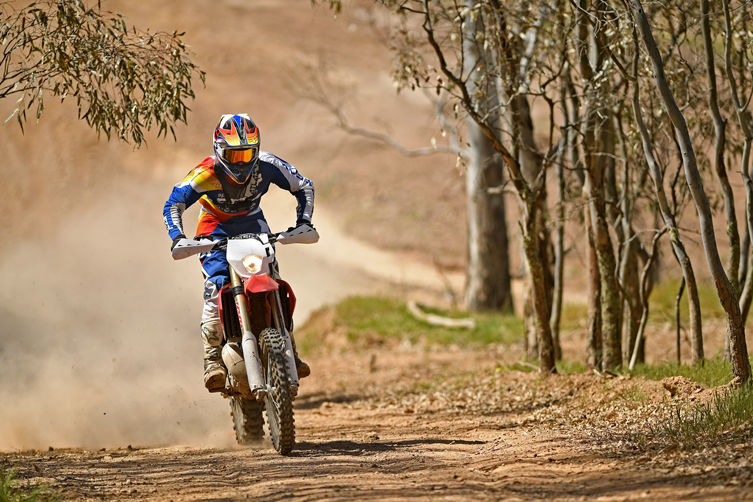
4. THE GRUNT
This bike is a true, no bullshit 300. The Gas Gas design team hasn’t set out to mimic the super-smooth power you find on a four-stroke, but that’s the beauty of it. It produces linear power that revs to the moon if you love riding on the pipe and higher in the rev range. That doesn’t mean you can’t short-shift the six-speed gearbox, using the torque of the motor and ride it off the bottom. At the end of the day, that’s the beauty of riding a 300cc two-dinger. It has all the grunt you need and then some, but it’s more rider-friendly and doesn’t demand to be ridden hard like some other small-bore machines. In short, it’s got a broad and versatile style of power and will suit a wide variety of riders.
A lot of the bike’s clean power delivery comes back to the fact that Gas Gas has chosen to pair these new-gen bikes with a proven carburetor – a Keihin PWK38. There is no need to play around with changing needles and jets; it runs clean out of the box. And that’s a huge benefit for people who aren’t mechanically minded.

Another big positive is the fact you can easily adjust the bike’s power delivery in the bush with the tools in your bumbag (without needing to carry different power-valve springs) by tweaking the powerband. If you want the power-band to hit earlier and more progressively, you back off the spring’s preload tension a couple of turns – turning it into a fire-breathing beast. Or on the other side of the spectrum, you can wind in the spring – putting more tension on the power-valve’s spring – to smoothen out the power, making it mellower and more manageable in slick or technical terrain..
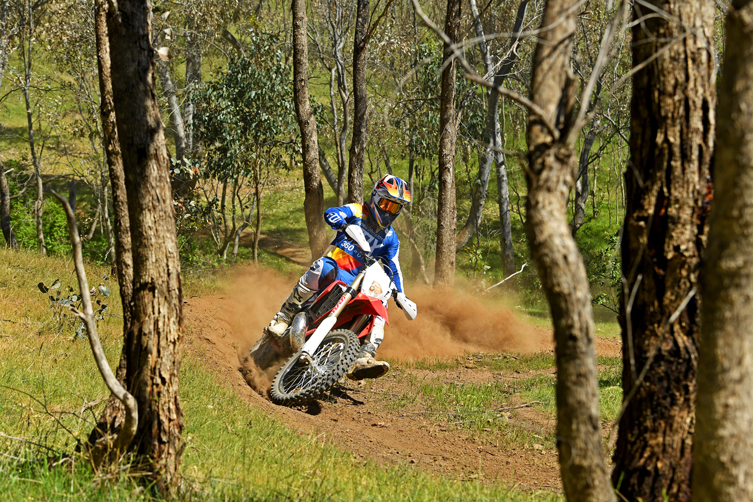
5. THE RACE-READY FACTOR – XC VS EC
If you’re an off-road racer in Australia, it’s a no-brainer to choose the cross-country XC-model over the enduro EC-model. And not just because it comes without all the superfluous ADR componentry. The XC comes with slightly punchier and more responsive power – thanks to the FMF expansion chamber that’s custom-made to suit the Gasser – and the extra comfort with the Renthal Twinwall handlebars, which have a less swept-back feel than the standard bars fitted on the EC-model, and provide a more positive feel. If you’re a Victorian, there’s even more good news: Gas Gas also offers a recreational rego that is available from the dealership.
But if you’re after a machine that can line up competitively both on the off-road race circuit and in the bush with your mates on the weekend, the enduro EC model is something to definitely consider.

AND WHAT’S NEXT FOR GAS GAS?
Will we see Gas Gas making four-strokes in the future? Yes, but they are focusing on nailing one platform at a time. The company have successfully re-entered the market with these great 300cc two-stroke machines, with plans to release new 200cc and 250cc capacity two-strokes in early 2018.
You never know; you might even see Gas Gas using the electric technology they had been implemented on their new range of mini bikes – the eKids E10 and E12 machines – in a new range of full-size machines, which’ll mean they’ll go head-to-head with companies like KTM and Alta. Who knows what the future hold for this bold company under new management. We are excited to see what they come up with.
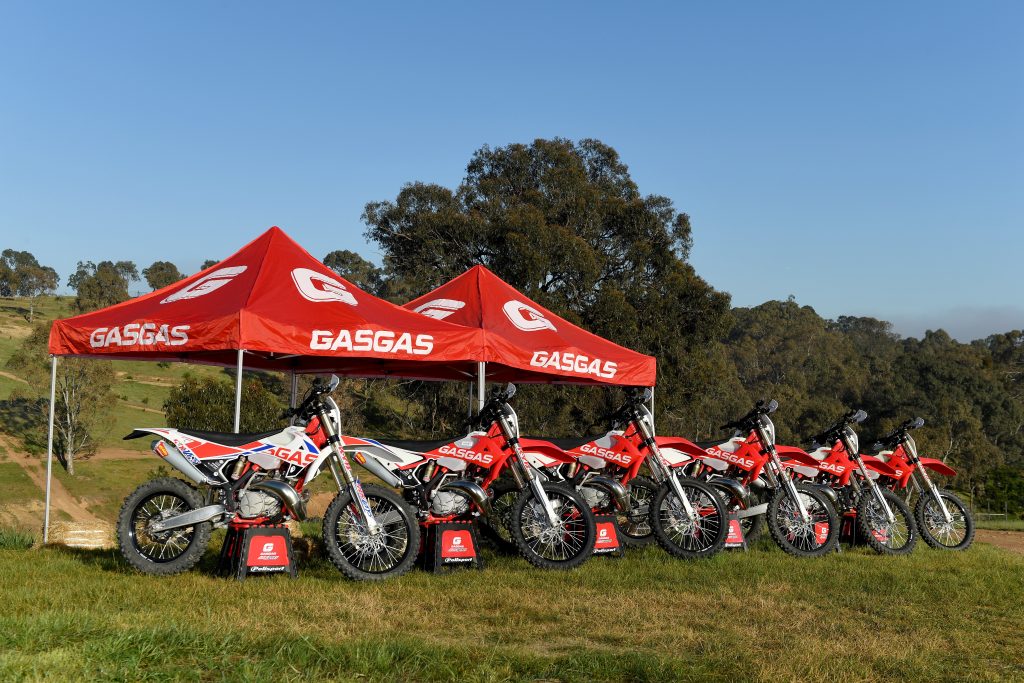



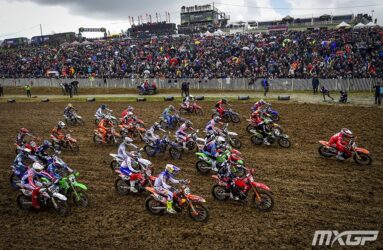


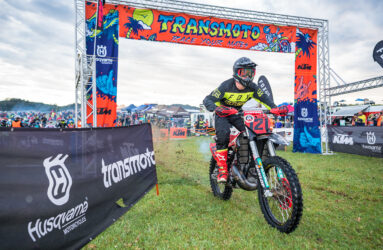


Be the first to comment...